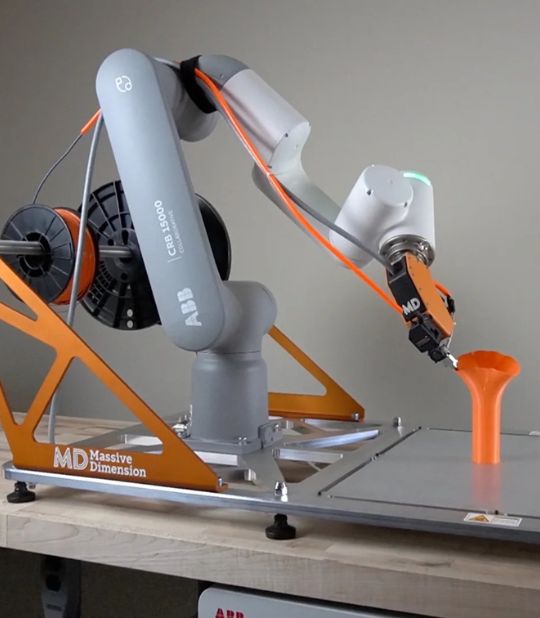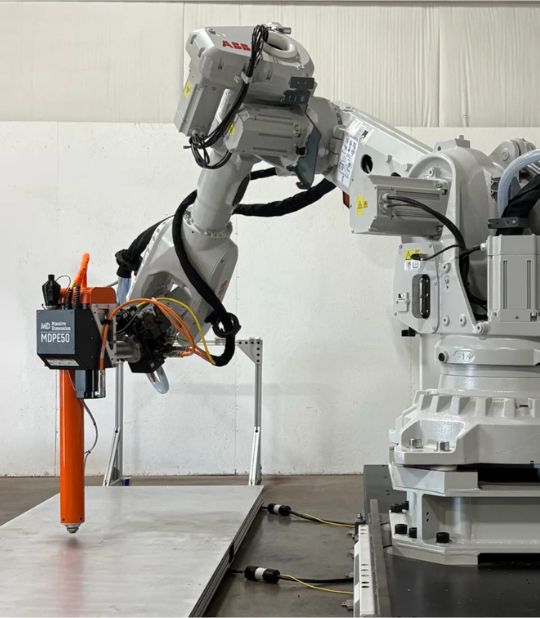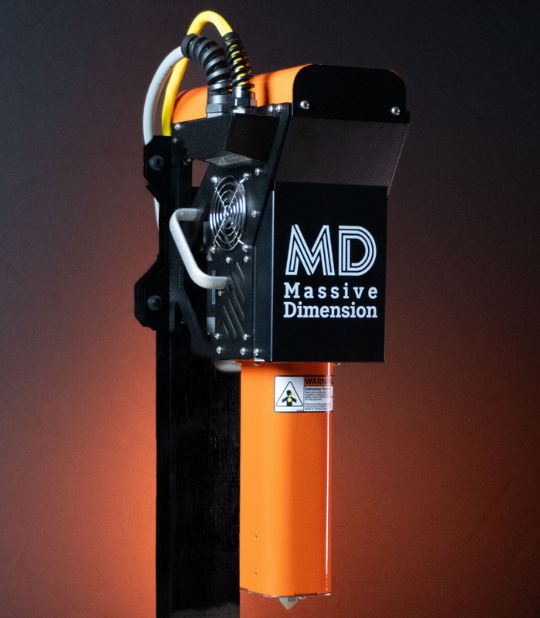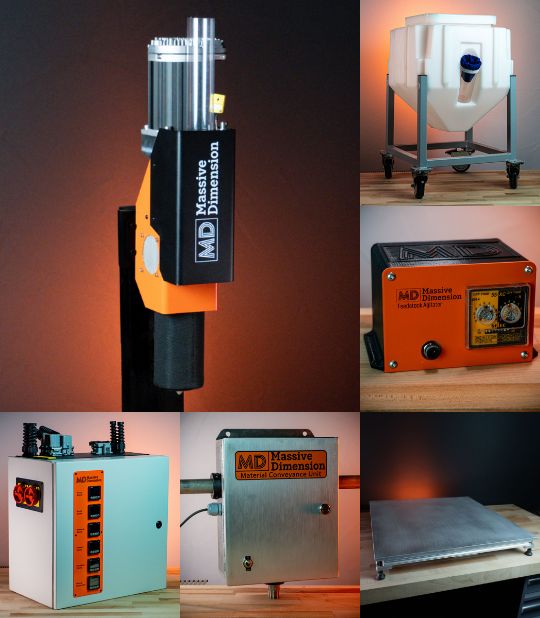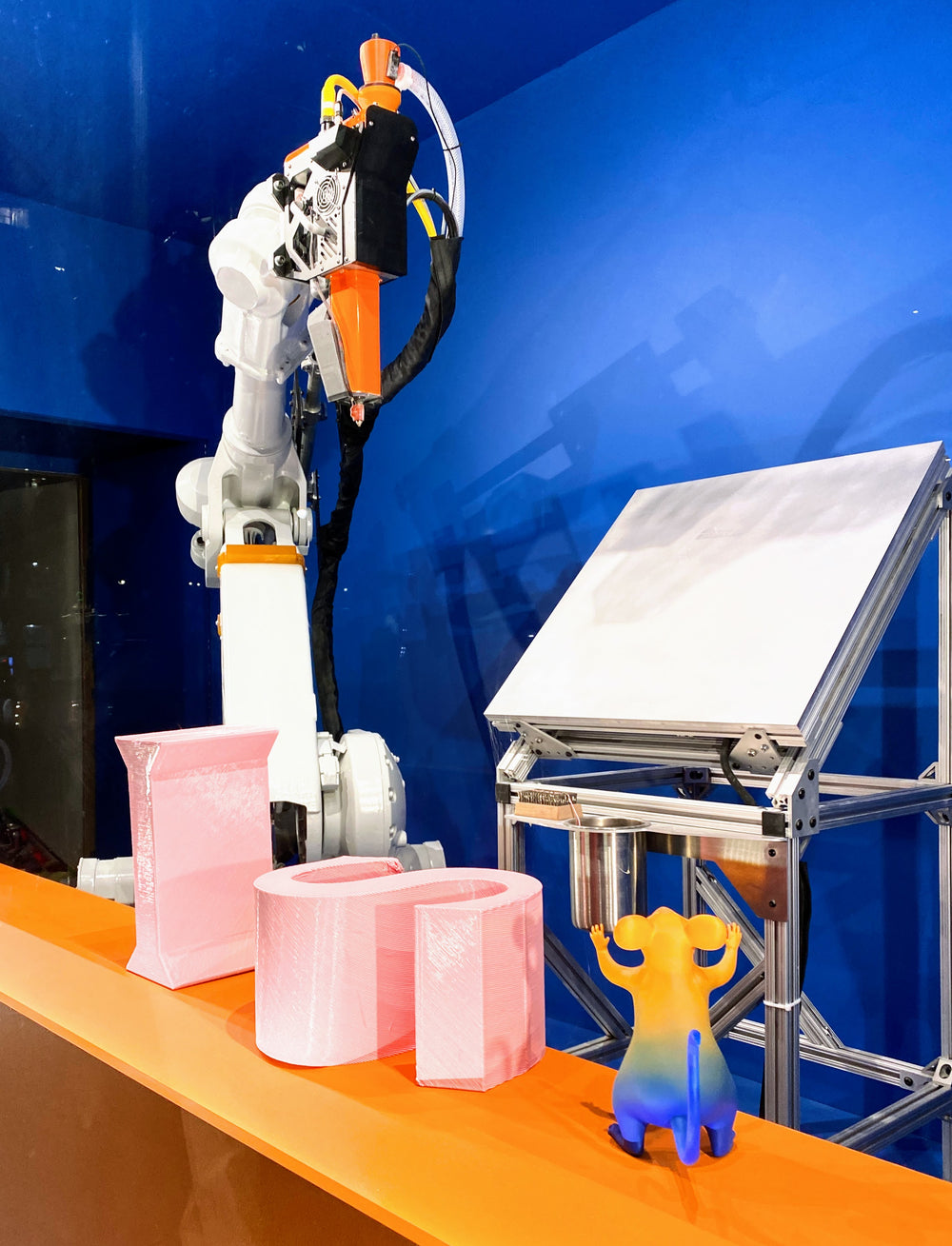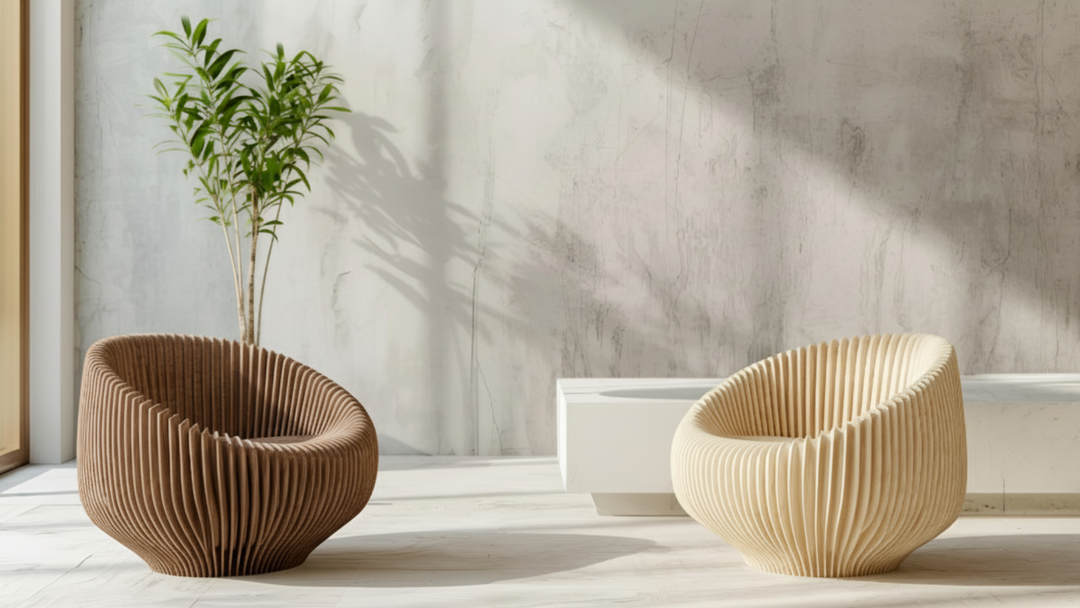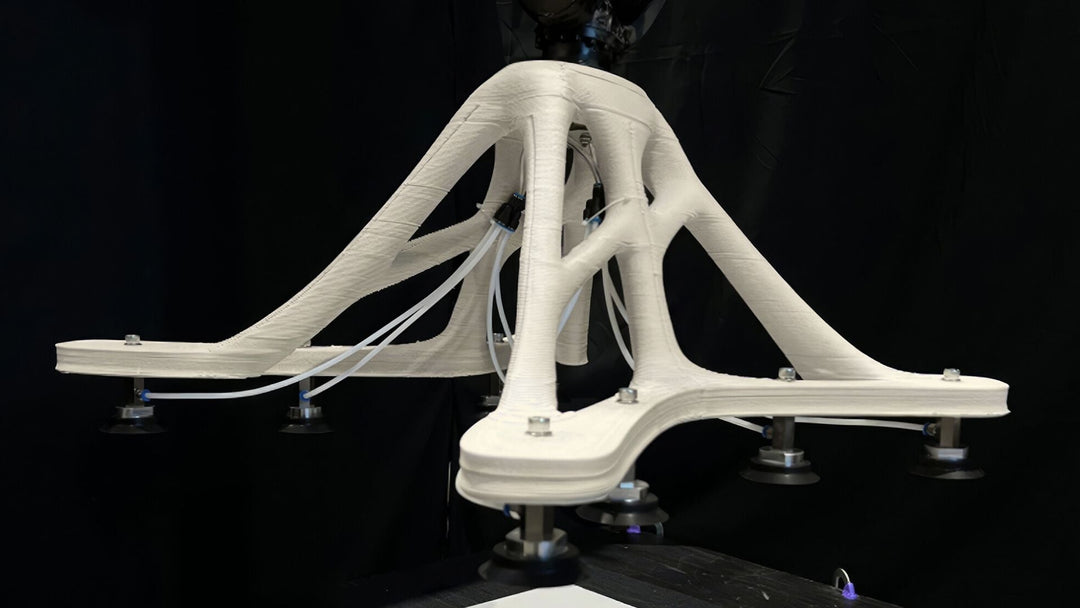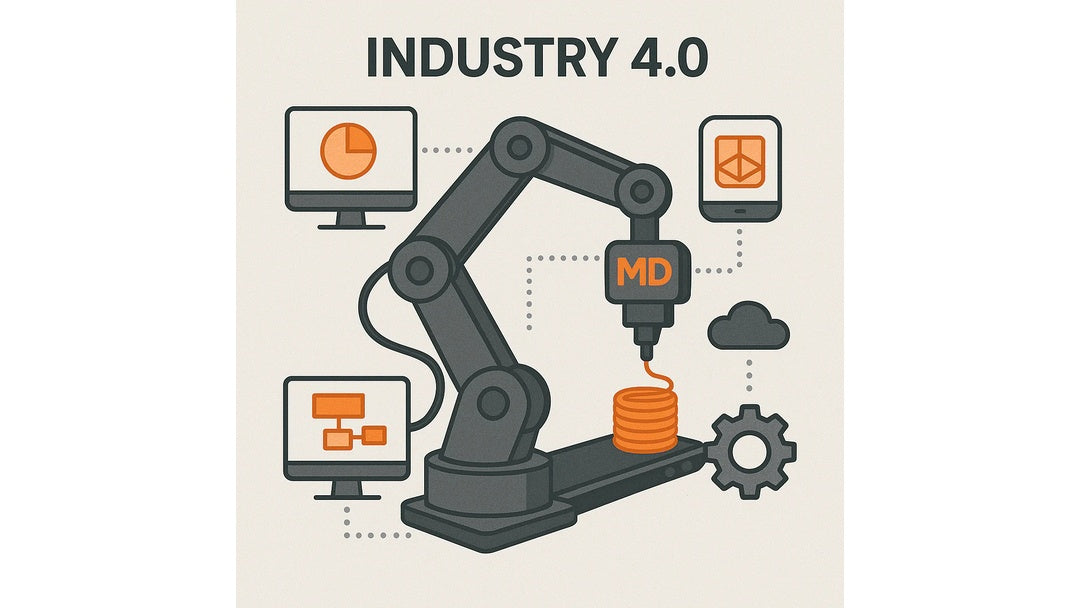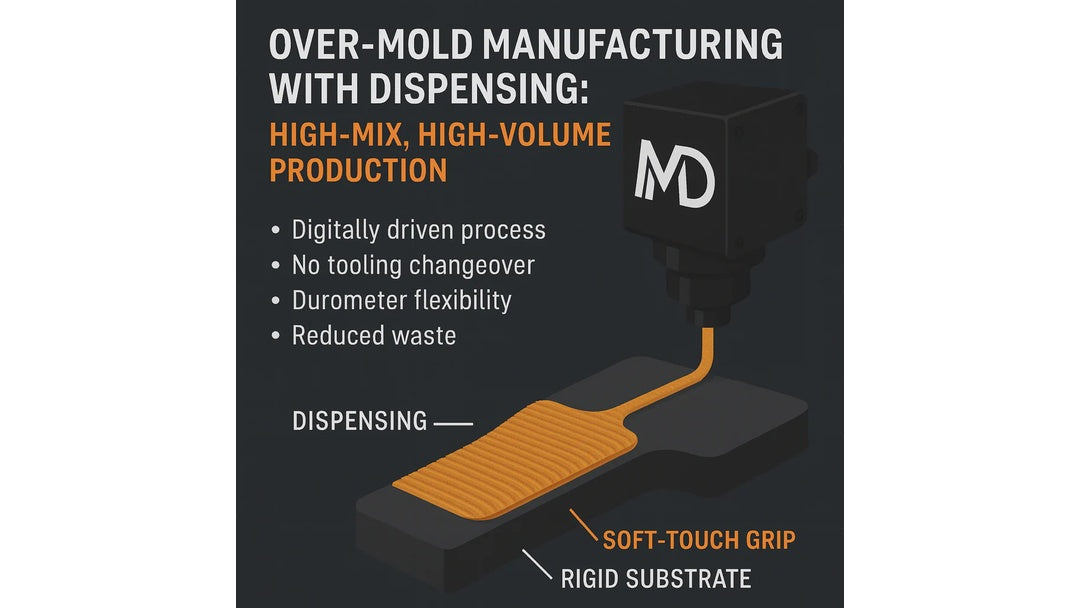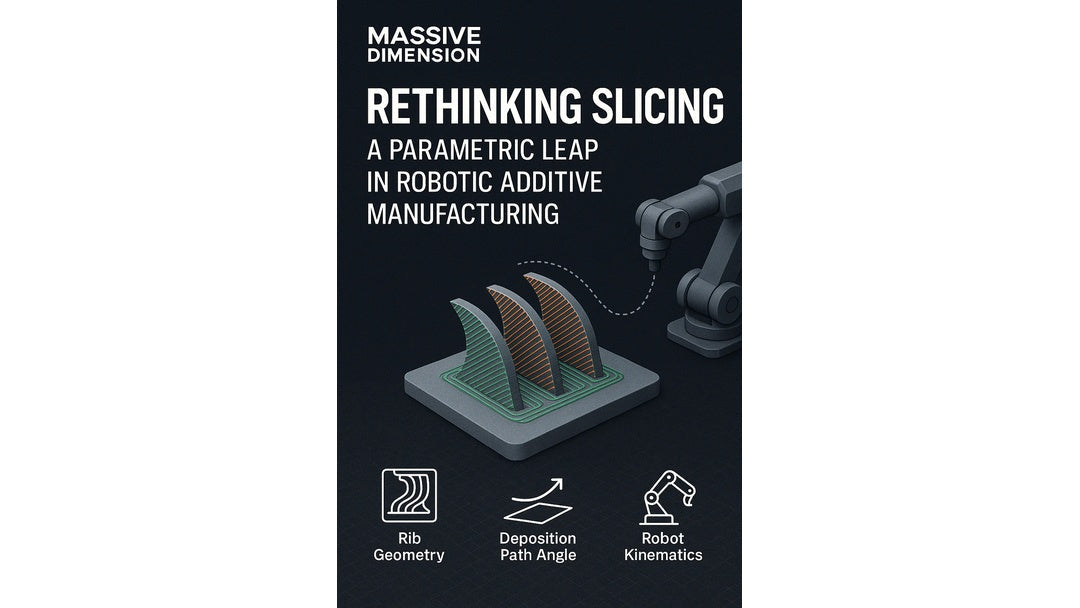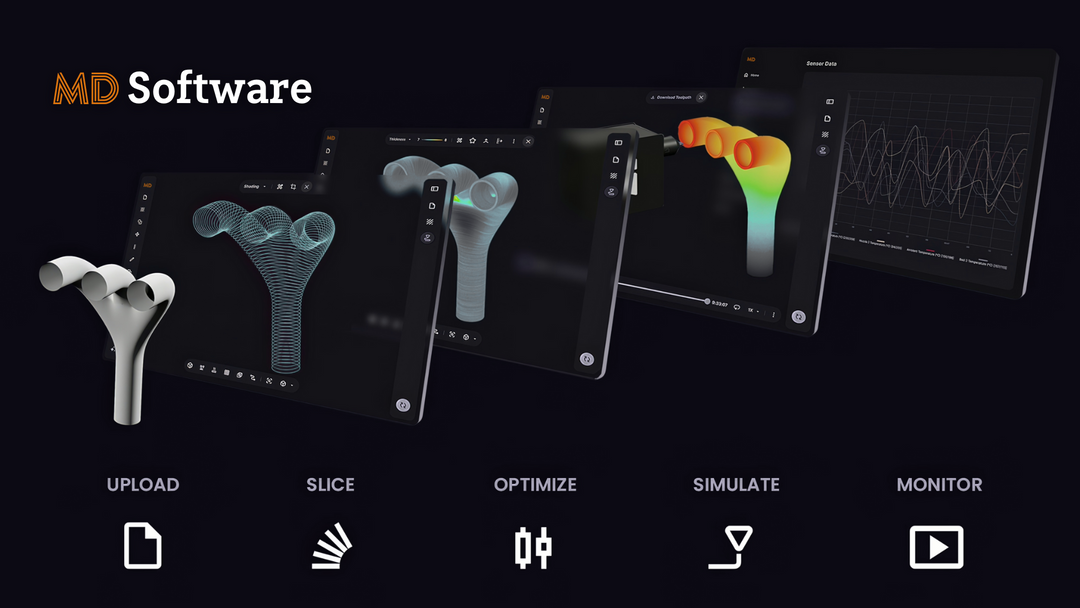University of Utah Update: Watch Color Changing 3D Printed Lamp Shade
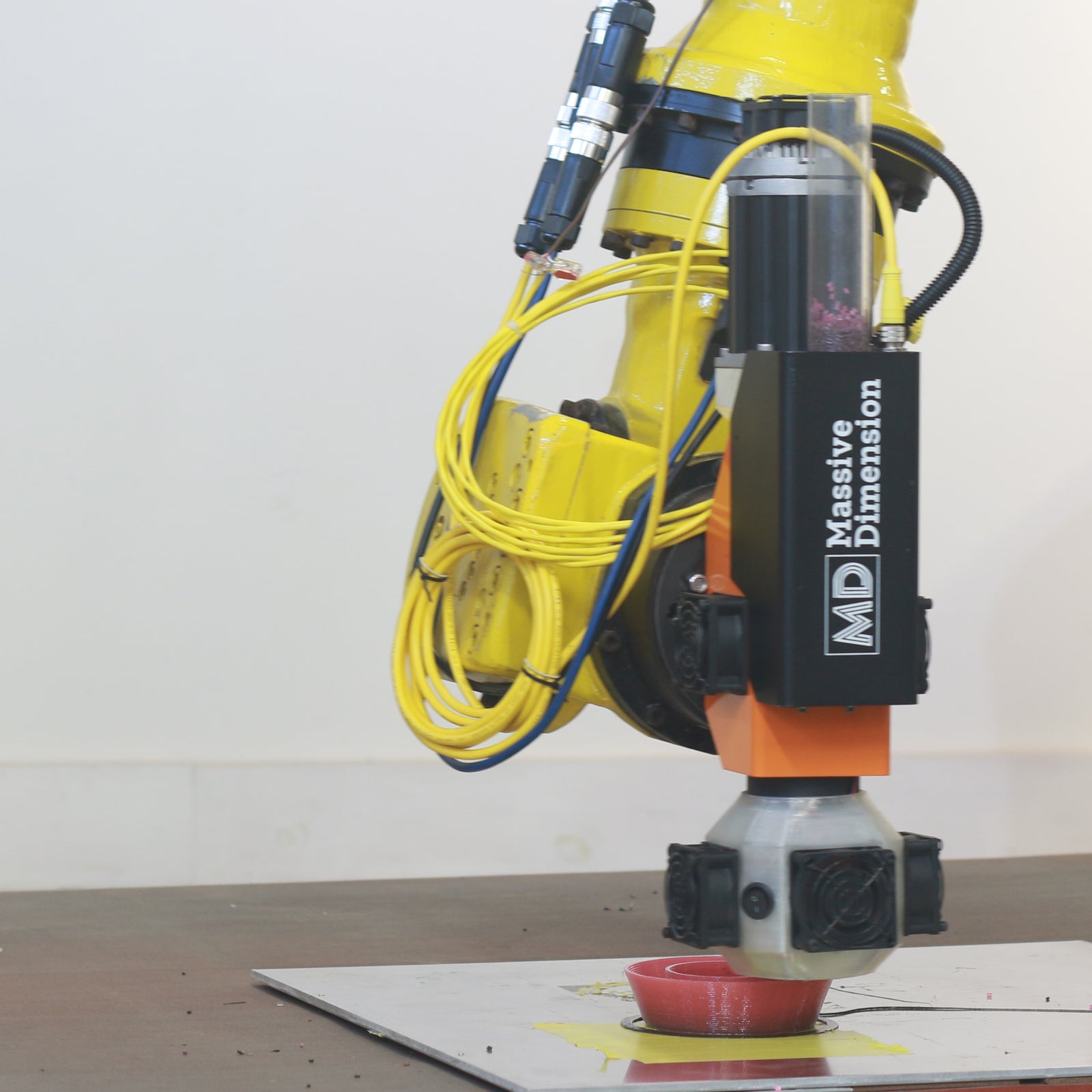
Today the spotlight shines on a second group within the Design of University of Utah Digital Assemblies class to showcase their final product as well as design efforts behind the experimental material(s) they created using the Filabot EX2, and the lamp shades printed using the Massive Dimension Pellet Head Extruder.
Using the design prompt of Tactile Communication, this group designed their experimental material using an additive (Chromazone Black-Pink by Atlanta Chemical) that changes color in response to thermal changes to the material.
Quickly moving through hand-sketched ideas (image 2) and simple paper models (image 3), the group finally landed on a two-part design (image 4) that utilized the color changing material for the lens, and a second additive for the base (powder steel) to lend a sense of mass/density. After progressing through scale models printed on desktop machines, the final parts were printed on binary’s large Fanuc arm using the Massive Dimension Pellet Extruder.
“It takes the lamp several minutes to change color. Because of this delayed response, the lamp essentially acts as a visible timer, with the cue being the change in color. [This concept] could have various practical applications, such as monitoring breaks for studying, or even energy conservation.”
Time-lapse footage of 3d printed thermo-chromatic material under a heat lamp below in photo gallery (image 1)
Group members: Tristan, Tayler, EJ
Experimental material: Black-Pink thermochromatic pigment in recycled PETG.
Print stats: 4” tall x 6” diameter // 374 grams // 48 minutes
Click here to see all Filabot posts related to the University of Utah/ Binary collaboration.
Click here to see all Massive Dimension posts related to the University of Utah/ Binary collaboration.
Below are some photos from the experiments:
1. Final Product
2. Hand Sketches of Initial Concepts

3. Paper Models of Early Concepts

4. Digital Mockups of Final Design

5. Printing the Lens of the Final Design

